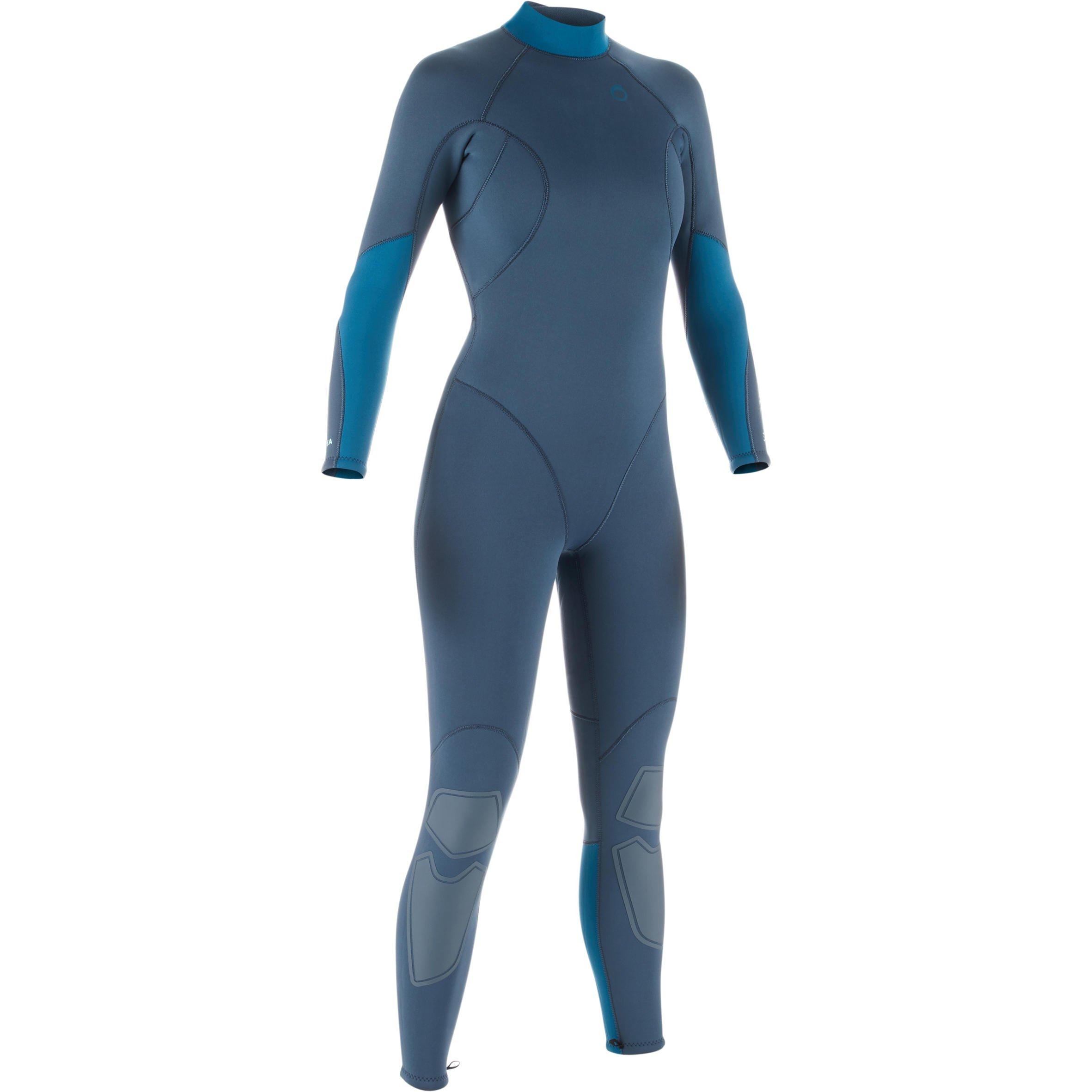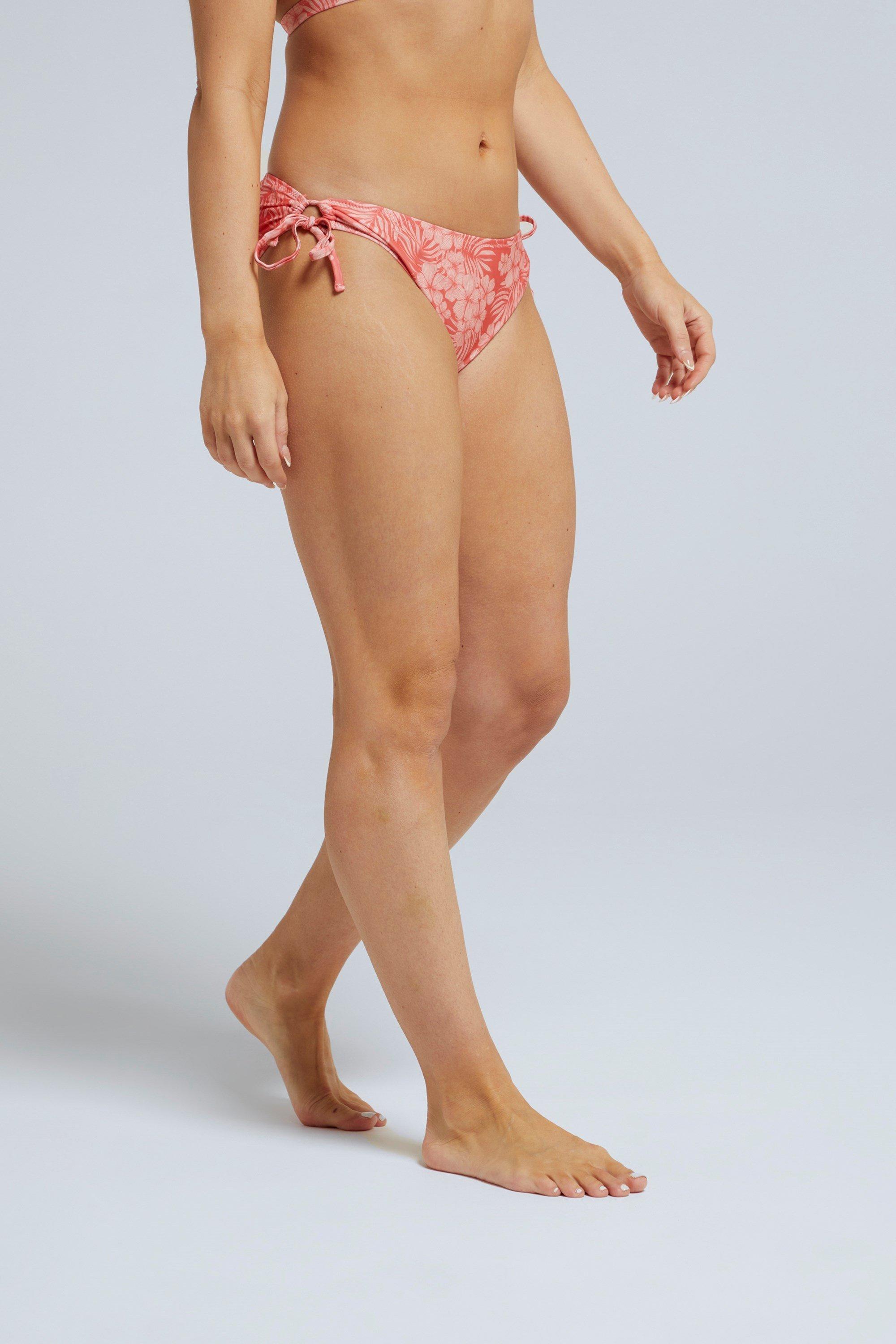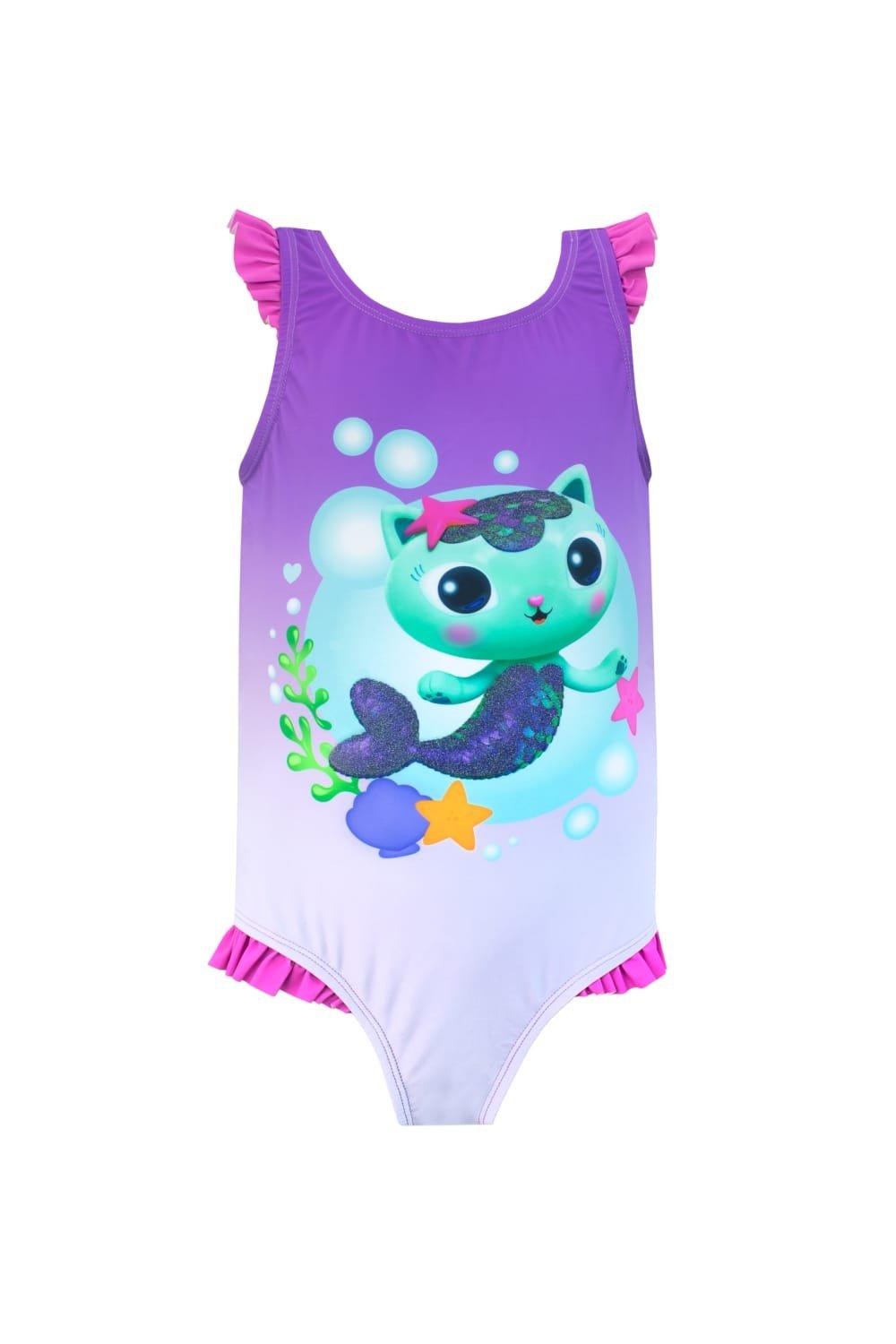Thermal insulation:3mm full-body diving suit. Seams taped with GBS glued & blind-stitched assembly.Easy dressing:One-piece diving suit with back zip.Freedom of movement:Anatomic cut frees up arm movement. No seams under the armpits.Durability:Reinforcements to reduce wear on the knees. Details of thermal insulation and reinforcement: 3 mm full-body one-piece wet type with back zip. Seams taped using a GBS (glued and blind stitched) assembly. Once a thin layer of water (that enters through the zip) gets trapped between your body and the diving suit, the water stays warm as it is not replaced. This thin layer of water keeps you warm. The diving suit has reinforcements to reduce wear on the knees. GBS (glued and blind stitched) assembly: The diving suit's GBS assembly (Glued and Blind-Stitched) means that the seams are waterproof: the neoprene is glued and then stitched for extra durability (the needle does not go all the way through the neoprene to stop water getting through). Why use a 3 mm diving suit?: Even in warm waters, the body ends up cooling down (25 times faster than in the air). Use a thin 3 mm diving suit that will allow you to delay this drop in temperature so that you can enjoy your activity for longer. In addition, use a full-body diving suit to fully protect you from UV rays and the underwater environment (coral, etc.). Thermal performance class: This scuba diving suit provides thermal protection that has been tested by the independent INPP institute (Marseille, France) in order to validate its compliance with the current standard (EN 14225-1:2017).This diving suit is certified for use in waters warmer than 25°C. What is a diving wetsuit?: This is the most common type of diving suit on the market. It is not designed to keep the water out, but to trap it, so that your body then warms it up, creating a thermal buffer between you and the outside. Made of neoprene - a rubber polymer filled with air bubbles - these diving suits are available in thicknesses of 0.5 mm to 7 mm. Thanks to their suppleness and modularity, they constitute excellent diving suits. Tips on how to get into a diving suit: Put your foot in a plastic bag. Then put your leg into your diving suit. Your foot comes out completely and smoothly! To adjust, ask someone to blow into your sleeve from the wrist. The incoming air inflates the interior of the neoprene diving suit, immediately separating it from your skin. You can then easily proceed with the final adjustments. Tips on how to take care of your diving suit: 11) Soak the inside and the outside of the diving suit in clean water after each session. 2) Clean with a bactericide solution. 3) Rinse thoroughly in clean water. 4) Dry on a wide hanger in a dark and well-ventilated place. Caution: the sun will cause the colours of the textile parts of the diving suit to fade and speeds up the ageing process of the neoprene. Zips can be cleaned with a toothbrush and lubricated with silicone grease.
























